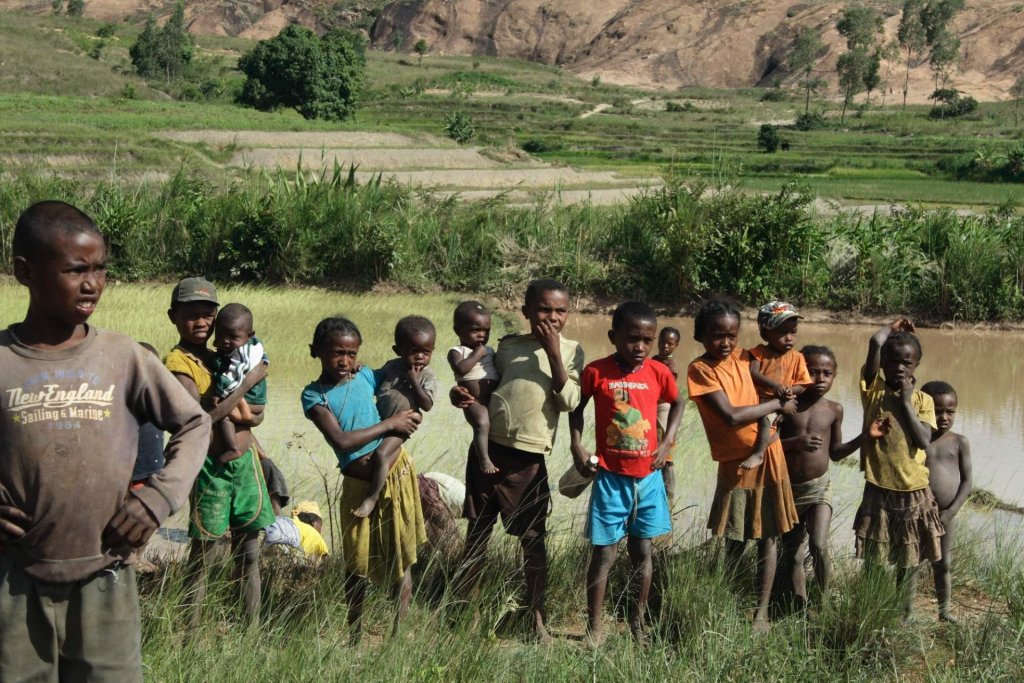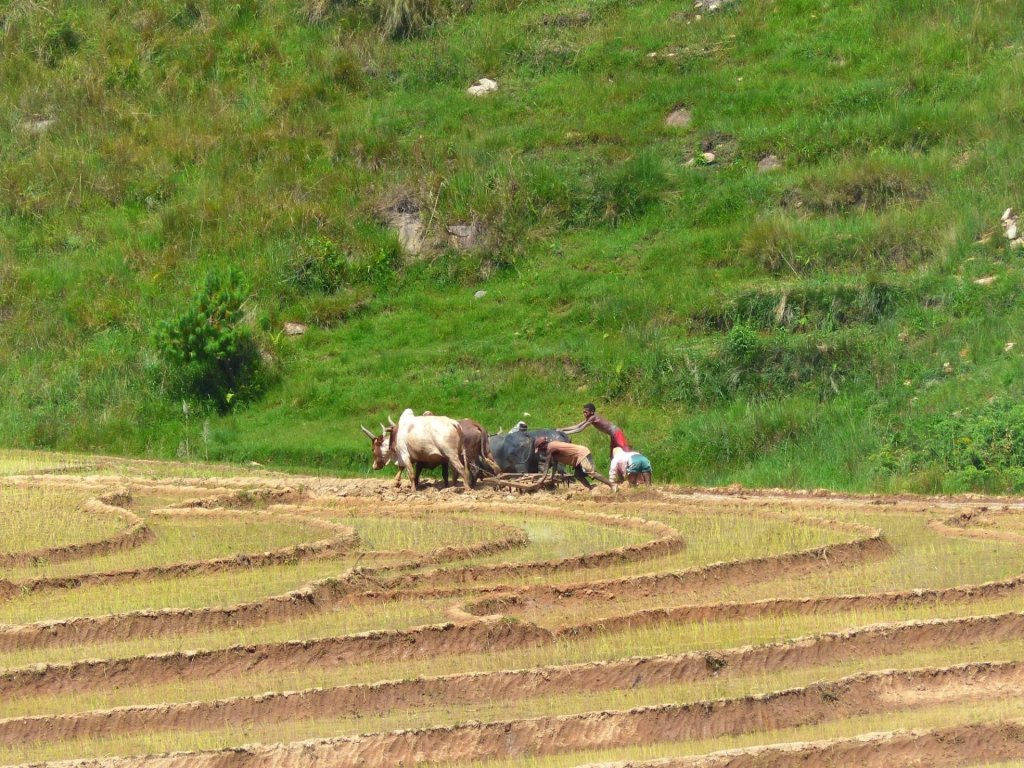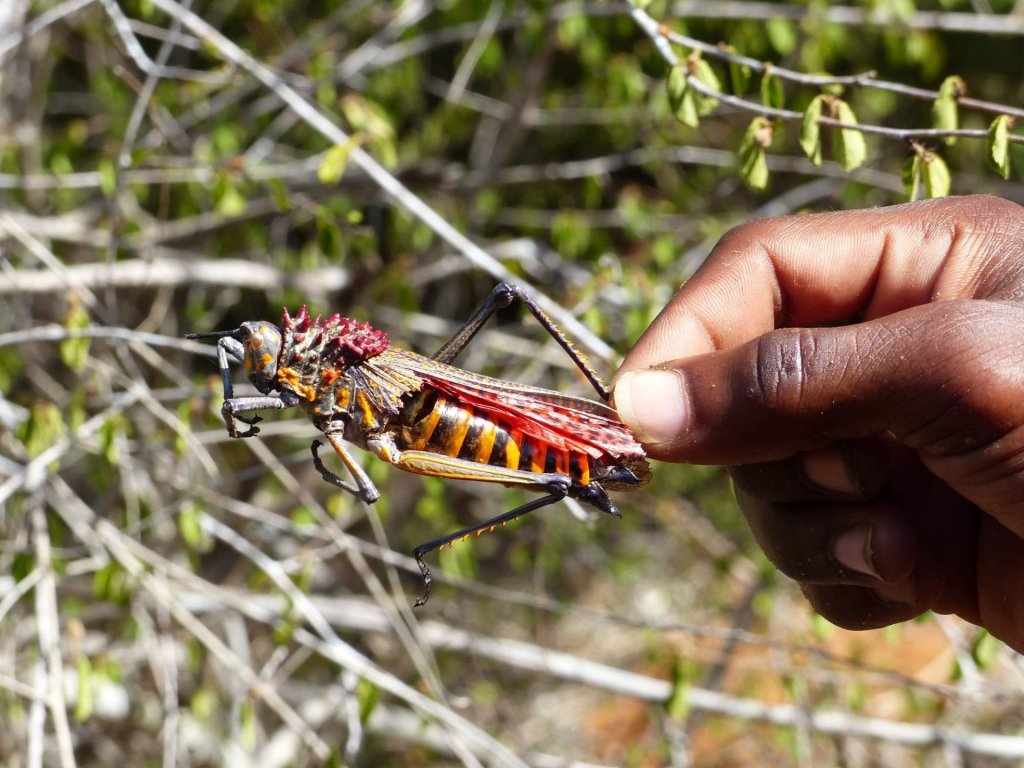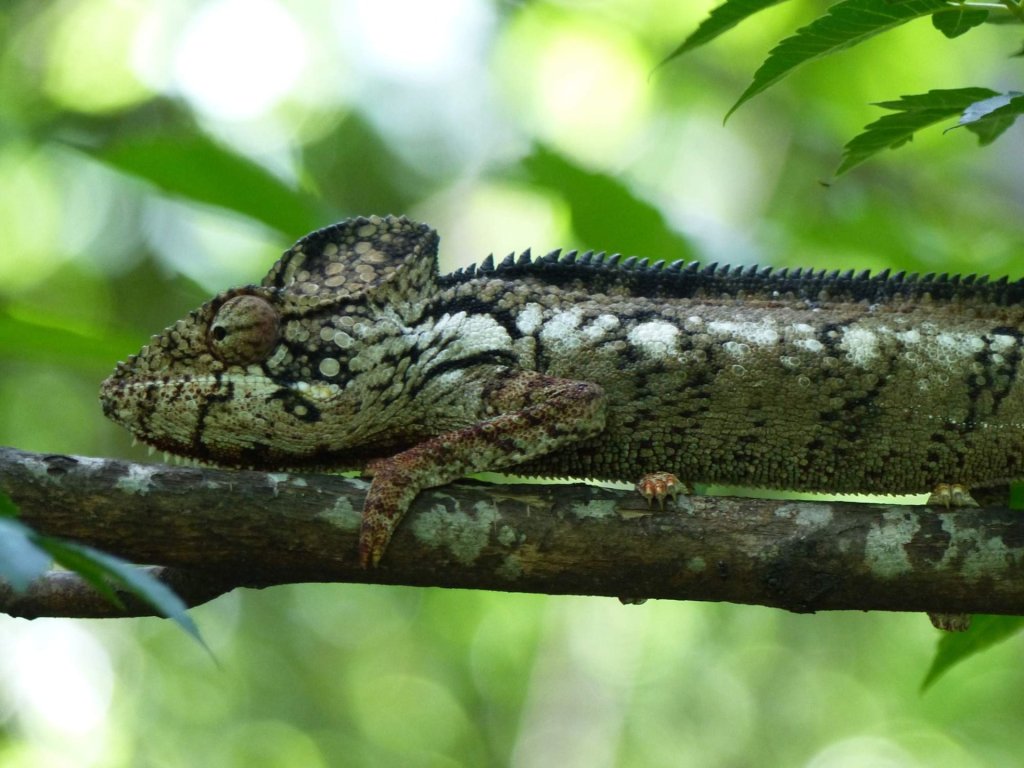5. 12. 2022
Madagascar: out to the lemurs and baobabs
“Momma, will you let me go to Madagascar after New Year’s?” I asked my
wife once. “Only if I go with you!” was the resolute answer. After all,
Madagascar is Paradise and the dream of every traveler! There is no other place
in the world with more exciting “endemic” experiences. This
destination’s intimate charm far outweighed the potential pitfalls of the
Madagascar monsoon season.
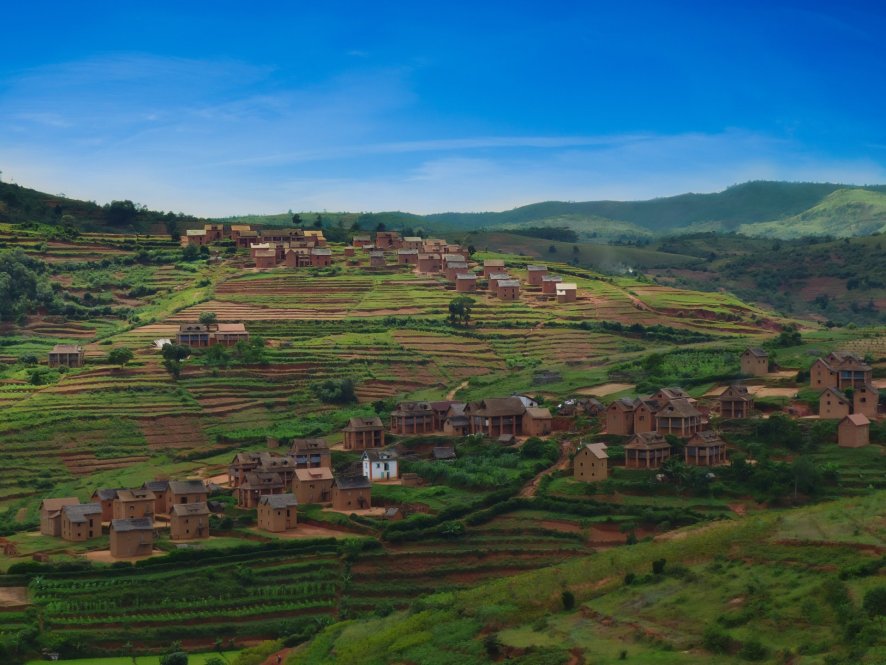
Text and photo: Robert Bazika | Traveler and guide CK Kudrna Brno
8 400 km far away | 2 000 years old baobabs | 90% endemic | 7x larger than CZE
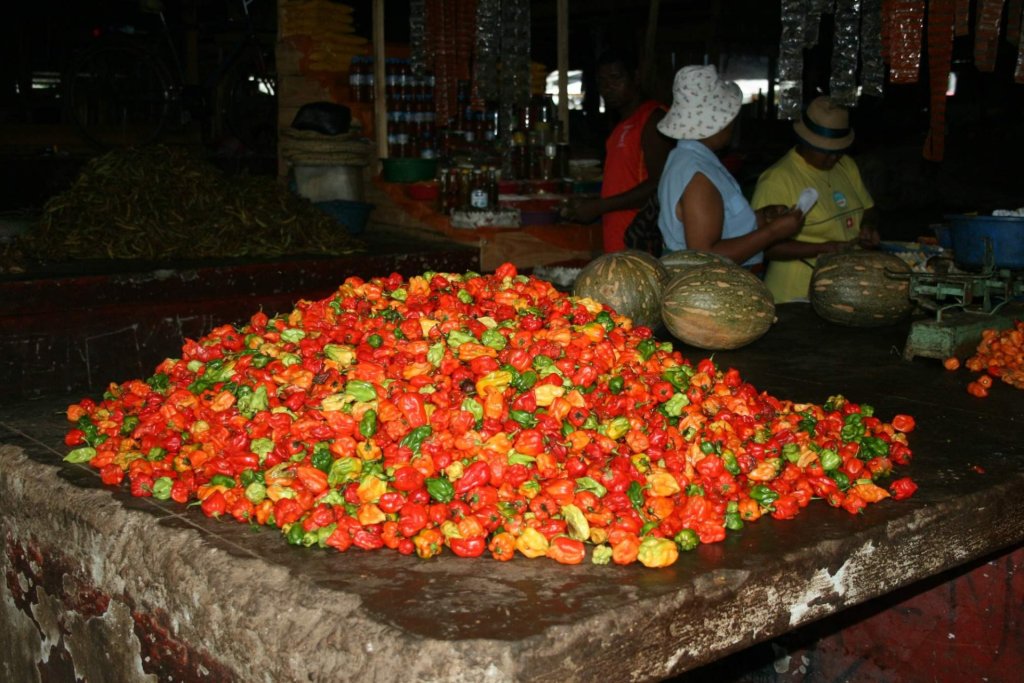
Good preparation above all else
We quickly calculate the pros and cons associated with the January visit to the fourth largest island in the world. Most visitors come to Madagascar in what we call summer, when it is not so hot, but the landscape, especially in the drier parts of the island, is scorched brown by the unrelenting sun. In January, on the other hand, we would enjoy the beautifully fresh, green, blossoming garden of the Madagascar spring. From December to April, however, tropical downpours come in from the Indian Ocean making certain locations next to impossible to reach, and some parks even close. Therefore, we hook up with a local travel agency whose owner happens to be Czech to fine-tune our plans. Our expedition would thus head out from the capital along the main road towards the southwest across the mountains, where we don’t anticipate such intense heat. It is also the only asphalt road and is passable even in wet conditions. Along the way, we would absorb one experience after another, and if the dreaded cyclone arrives, we would make haste to the dry southwest coast, where tropical storms never reach. We had no idea when planning that we would enjoy two weeks of almost nothing but beautiful sunny weather.
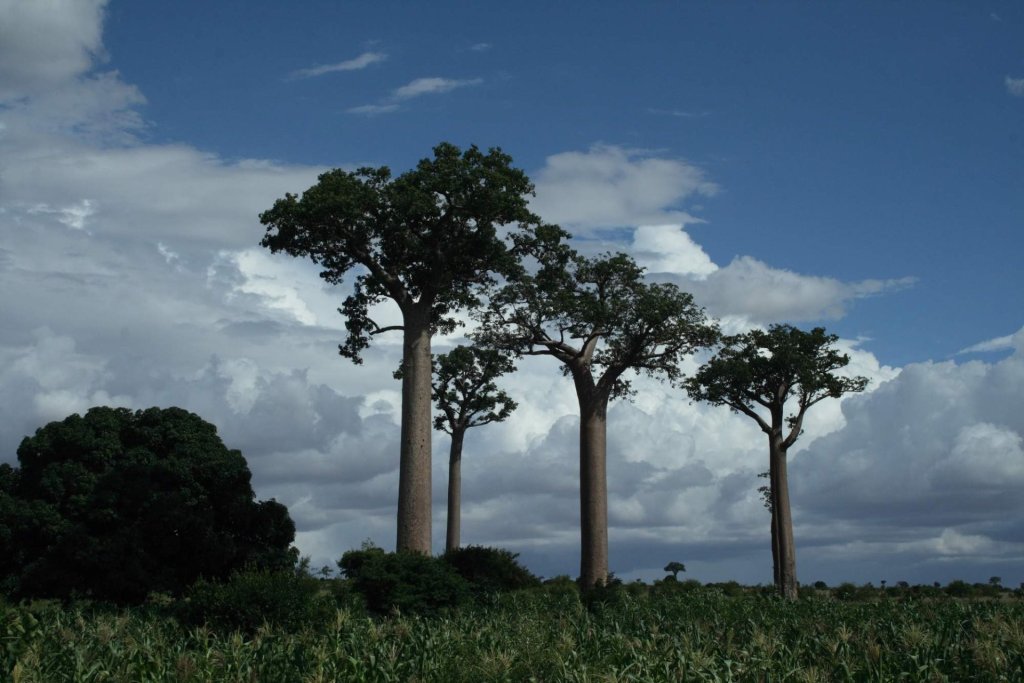
In the palace of the last king
From the airport, we are heading to the palace of the last Madagascar Royal Merina Dynasty. However, we must first overcome the incessant congestion of the streets of the capital, Antananarivo. It takes us two hours to get to the palace just 20 km away. Fair warning - the clock ticks completely differently here. The royal palace rather resembles a seasonal dwelling, with several pavilions and tombs of the royal family. The last king of Madagascar had twelve wives. All of them would not fit into a small, fortified palace, so he built each a separate home on the surrounding hills. And so, he could always choose which dwelling to visit for the evening.
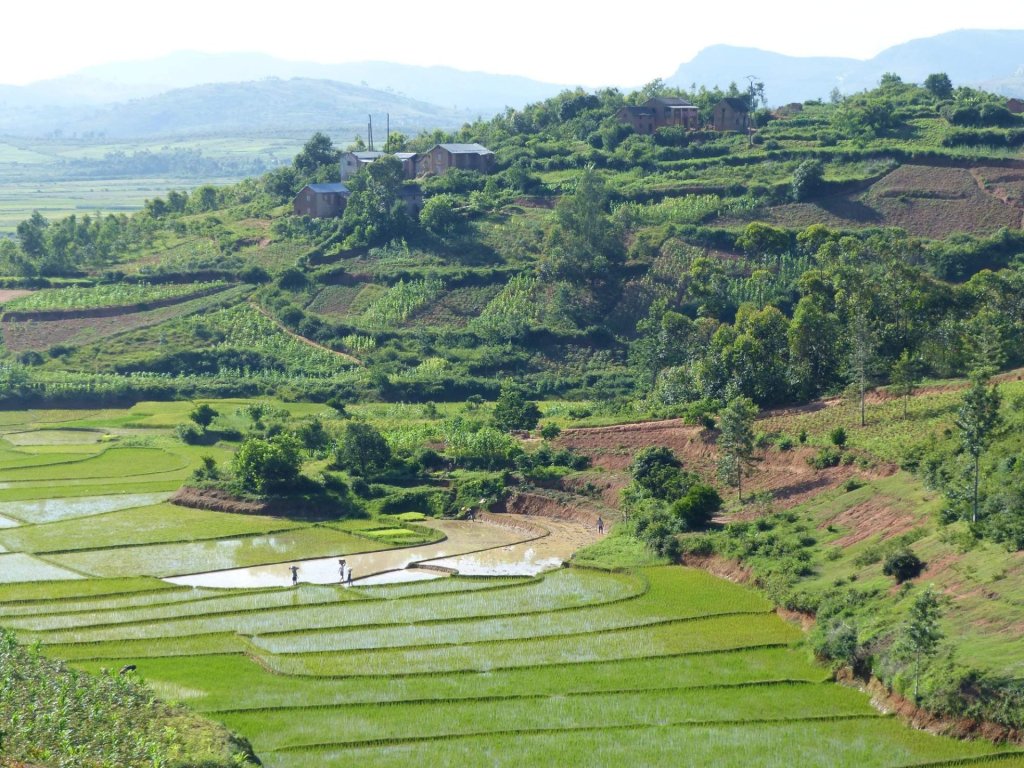
In the mountains
Wandering the mountains of Madagascar, especially when the monsoons bring plenty of moisture, is a veritable feast for the eyes. Rust-colored terraced fields are quickly starting to turn into olive-green shades of freshly planted rice. We too try our hand at planting a row of rice to the laughter of the entire village. Perhaps we should experience a fraction of the arduous work to be done before a modest bowl of rice feeds the ever-hungry stomachs of the villagers of this, one of the poorest countries in the world. There are fields of corn, peanuts, carrots, and other vegetables growing nearby. The magnificent landscape is decorated with vermilion brick blocks. If you want to help the locals, bring them ball bearings. Proper wheels are an inaccessible luxury for them, so they only put bearings in wooden cart wheels, and they then rattle along the broken asphalt. It seems everyone is carrying everything, in particular precious drinking water from distant springs or charcoal produced in the forest. PET plastic bottles are worth their weight in gold, and once we stick some out the window, a regular brawl for the bottles ensues. There is always something interesting to see. Here we encounter a village distillery for essential oils, and next to it a “brick factory”, where clay blocks are fired with rice bran. Here, too, the muscular arms of women play a role. Just like at the unique tea plantations founded here years ago by one domesticated Frenchman.
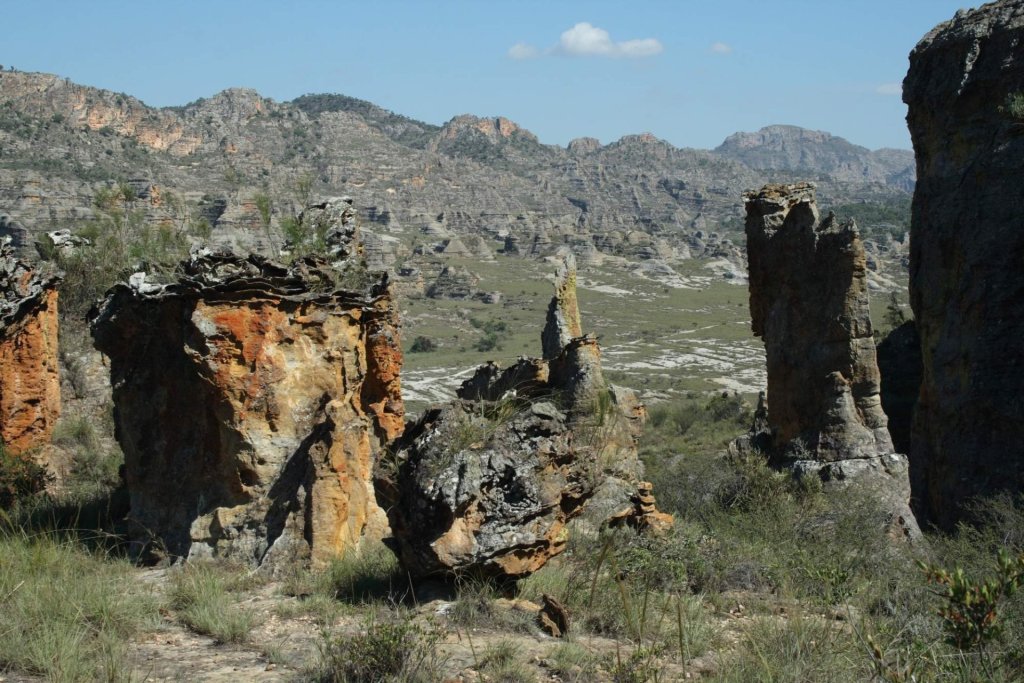
When the journey is the destination
We hesitate to go to the tropical paradise of the east coast, where, in these months in the rainforests of the windward side, the island sees up to two and a half meters of rainfall. However, a trip along the only working island railroad is an adventure that cannot be refused. A bumpy diesel locomotive pulls several vacated wagons from colonial times at a speed of 10–20 km/h. According to the timetable, we should be in the port city of Manakara in seven hours. The reality is twelve. Hordes of natives are packed like sardines along with all the sacks of goods they could possibly carry. We keep stopping and every stop is an opportunity to explore a hectic market paradise. However, we are most captivated by the wild nature, where the mountainous cultivated landscape gradually fades into a bizarre jungle wilderness. We gradually wind around curves and canyons passing through 68 tunnels and along 48 bridges, the construction of which cost the lives of hundreds of salaried natives. Nightfall ended the breathtaking spectacle. The train leaves for the coast on odd days and returns on even ones. On Sunday it then makes up for the delay, so that on Monday, it can start all over again. Here, the journey is the destination.
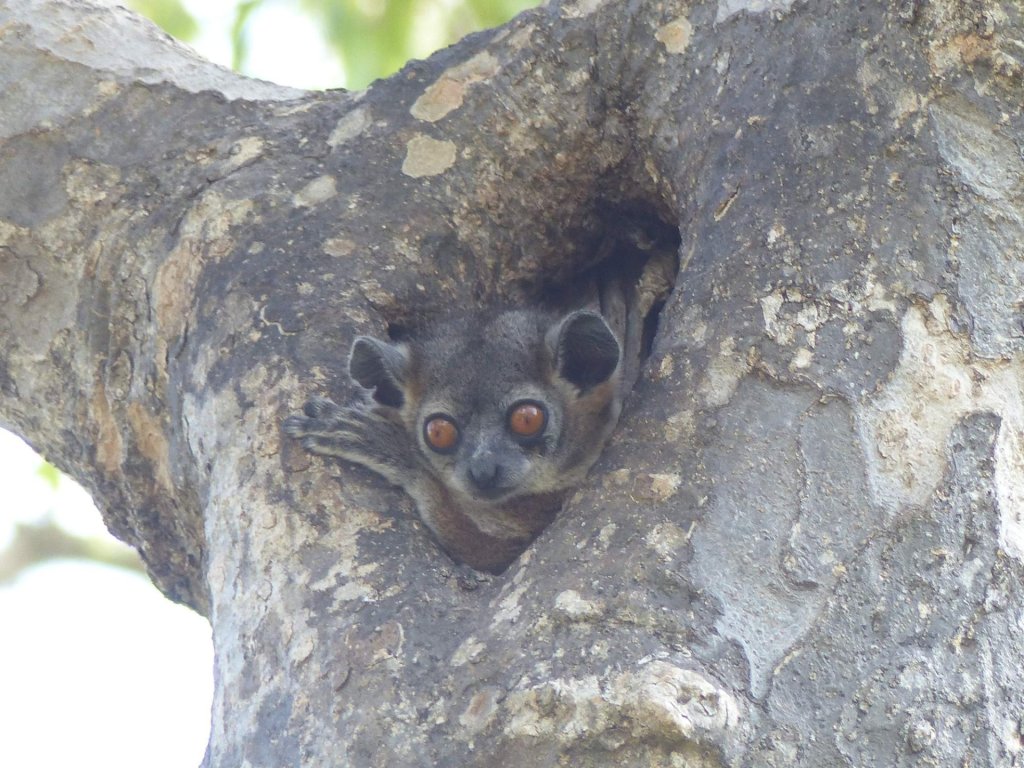
To national parks in search of lemurs
After returning to the hinterland, our route finally begins to descend towards the eternally arid plains of the southern part of the island and to several national parks. After overcoming the wall of rock ridges where we first see the raised striped tails of the ring-tailed lemurs, we find ourselves in a labyrinth of conical rock flats of the most bizarre shapes. We gradually disappear in the forest canyon, where other beautiful lemurs, white sifakas, brown ones and still others leap around over our heads. We even wake up a rare sportive lemur. His giant eyeballs are all over us. It doesn’t matter that we are literally being washed out of the park by an hour-long tropical storm. Encouraged by the exciting spectacle, we visit yet another lemur reserve with several hundred “teddy bears” chasing around in the branches, napping after a big lunch, or literally running around under our feet. It is a good thing these “cuddly” animals are already rigorously protected, at least here on the reservation.
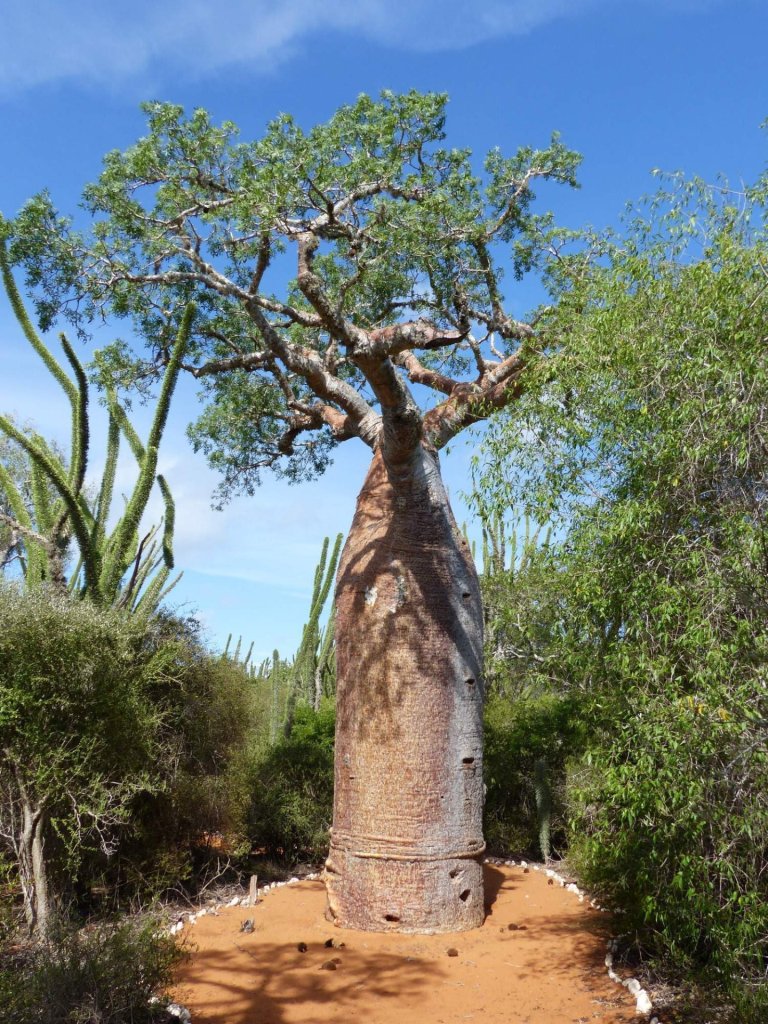
Majestic giants
The brick villages of highlanders along our journey have long since given way to clay shepherds’ huts, and cultivated fields to dry, barren bush. The only livelihood of the natives remains cattle breeding. The dark complexion of the curly-haired kids selling delicious mangoes by the roadside speaks of their African roots. Standing majestically above all this are solitary wonders, giant trees “planted upside down with the crown down in the ground” - baobabs. It took five of us to embrace the circumference of a thousand-year-old baobab trunk. They are blooming with beautiful banana-yellow flowers. Even in the recent past, they were a living water tank for the natives, which almost led to the demise of the baobab stands in Madagascar. Fortunately, capital punishment is now being imposed for their destruction, and on the contrary, we also have the opportunity to visit a nursery where new ones are grown to spread and replenish the baobab stands again.
To the Tropic of Capricorn
We finally arrive at the town of Toliara on the southwest coast. The former commercial port city has the undeniable feel of the French colonial influence. Further south, we encounter only the harsh lives of the poorest of all Madagascans, the local fishermen. However, we are more interested in the surrounding mangrove coasts, and especially in snorkeling in the bays of the local coral seas. This makes for a well-deserved reward after an exhausting but wonderful journey.
